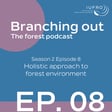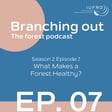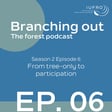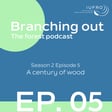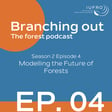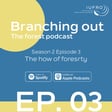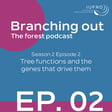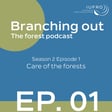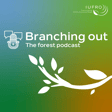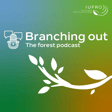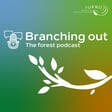
Episode 2: Time to resist and adapt
Explore what stresses forests and how society responds in our latest podcast episode
We are excited to present the newest episode of Branching Out. Join us as we discuss the topic of strengthening forest resilience and adaptation. Listen how people, trees and ecosystems adapt and resist to stress.
Featuring co-host Ewa Hermanowicz, from FSC and Coordinator of IUFRO’s Communication and public relations working party, along with Lucy Amissah from Forestry Research Institute of Ghana, Andrew Liebhold from the US Forest Service, Mariella Marzano from Forest Research UK and Jens Peter Skovsgaard from the Swedish University of Agricultural Sciences, who together unravel the interplay between climate change and forest health.
We explore current trends and developments in forestry and research that aim to adapt forests to climate change. Learn about the role of society for the future of forests. Tune in to Branching Out: the forest podcast on your favourite platform or visit our website to access this episode. And don’t forget to subscribe, share, and join us on this podcasting adventure.
More info at iufro.org

